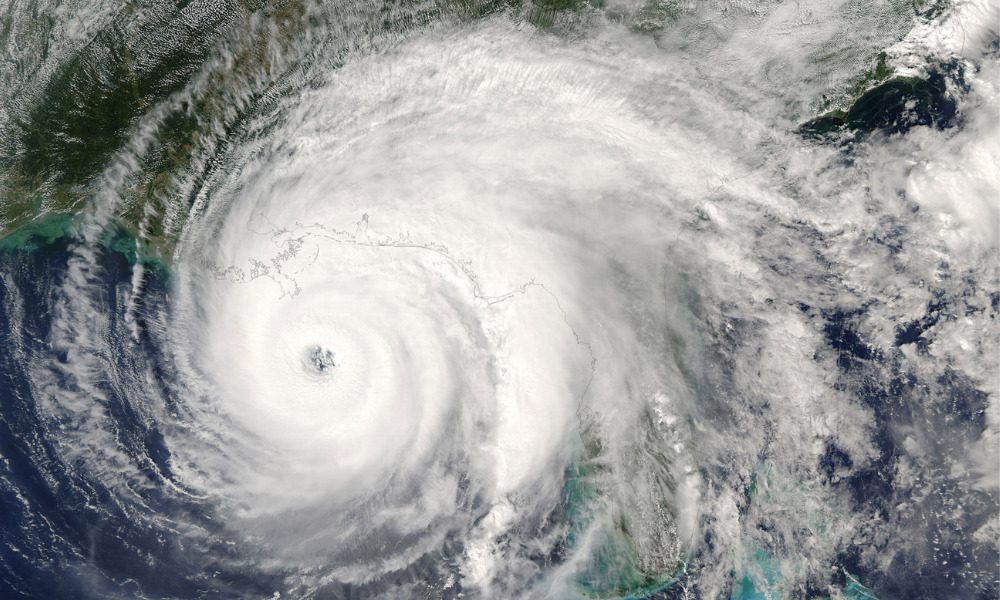Editorial: Hurricane Ian promises an insurance storm

Hundreds of thousands of Floridians faced mandatory evacuation orders earlier this week, with the storm posing a clear threat to life.
It also poses a clear threat to Florida’s struggling insurance market, where six carriers have already entered insolvency this year despite Ian being the first hurricane since 2018’s Michael to make landfall in the state. The litigious environment, rather than the weather, is to blame for the Sunshine State’s insurance woes, according to many industry commentators.
Mark Friedlander, Insurance Information Institute corporate communications director, told Insurance Business earlier this year that a hurricane this season could be “catastrophic” for Florida’s ailing insurers – and his words may very well turn out to be prophetic.
Read more: Is the “largest private insurer failure in P&C history” coming?
Insured losses from slow moving Ian could be upwards of $20 billion, with some commentators having suggested it could hit the $50 billion mark – some have warned that Ian is less Charley, which charged across Southwest Florida in 2004, and more Harvey.
Harvey brought catastrophic flooding across populated areas of the Gulf Coast, including Houston, Texas, driving insured losses of $30 billion, according to Swiss Re. The reinsurer pegged total economic losses from the major hurricane, which struck in 2017, at $85 billion.
More than 10 inches of rain have been forecast in densely populated areas of Florida, with storm surge a major issue. Tornado warnings are in place for some counties.
Winds at landfall are expected to be near building design loads across the area, BMS SVP and senior meteorologist Andrew Siffert has said, and while some may have been rebuilt as a result of hurricanes Charley and Irma, there is a very real risk that many buildings will not be up to modern codes.
There were just over one million homes in Ian’s cone of uncertainty as of Monday, according to Corelogic, and the cost to reconstruct these would be some $258 billion.
As of Tuesday, Skytek had identified 23 commercial vessels, with a combined value of $1 billion, potentially in Ian’s path, as well as two windfarms.
There could be “significant yacht exposure”, Skytek said, with trackers suggesting there could be high value yachts in the area.
It also counted 78 hotels that could be in Ian’s path, mostly made up of four-star and five-star hotels on the coast.
Emphasis has also been placed on the risk posed by Cape Coral’s sprawling canal network.
In Ian’s aftermath, the immediate focus will, rightly, be on disaster response.
(Re)insurers will surely stomach losses as claims begin to materialise – as my colleague Bethan Moorcraft has previously written, nat cats seem to be becoming the new normal.
Read more: The storms are coming for the insurance industry
Given the state of Florida’s domestic homeowners insurance market, though, there is surely a risk that some players will not survive this.
Hurricane Andrew, which touched down in the state in 1992, set records when it left eight insurers insolvent and changed the shape of the market; Swiss Re has estimated the insured loss cost had Andrew made landfall in 2022 would have been $60 billion.
The real challenge for insurers will be further down the line, because another manmade ‘storm’ waits just around the corner in the form of litigation.
Read more: Florida and Louisiana in crisis – a tale of two states
With the US having skirted landfall from an Atlantic hurricane throughout August, insurers may have been gearing up for a sigh of relief, despite NOAA’s “above average” hurricane forecast. Sadly, it looks like this could be another record-breaking year for Florida’s insurers – and not in a good way.





